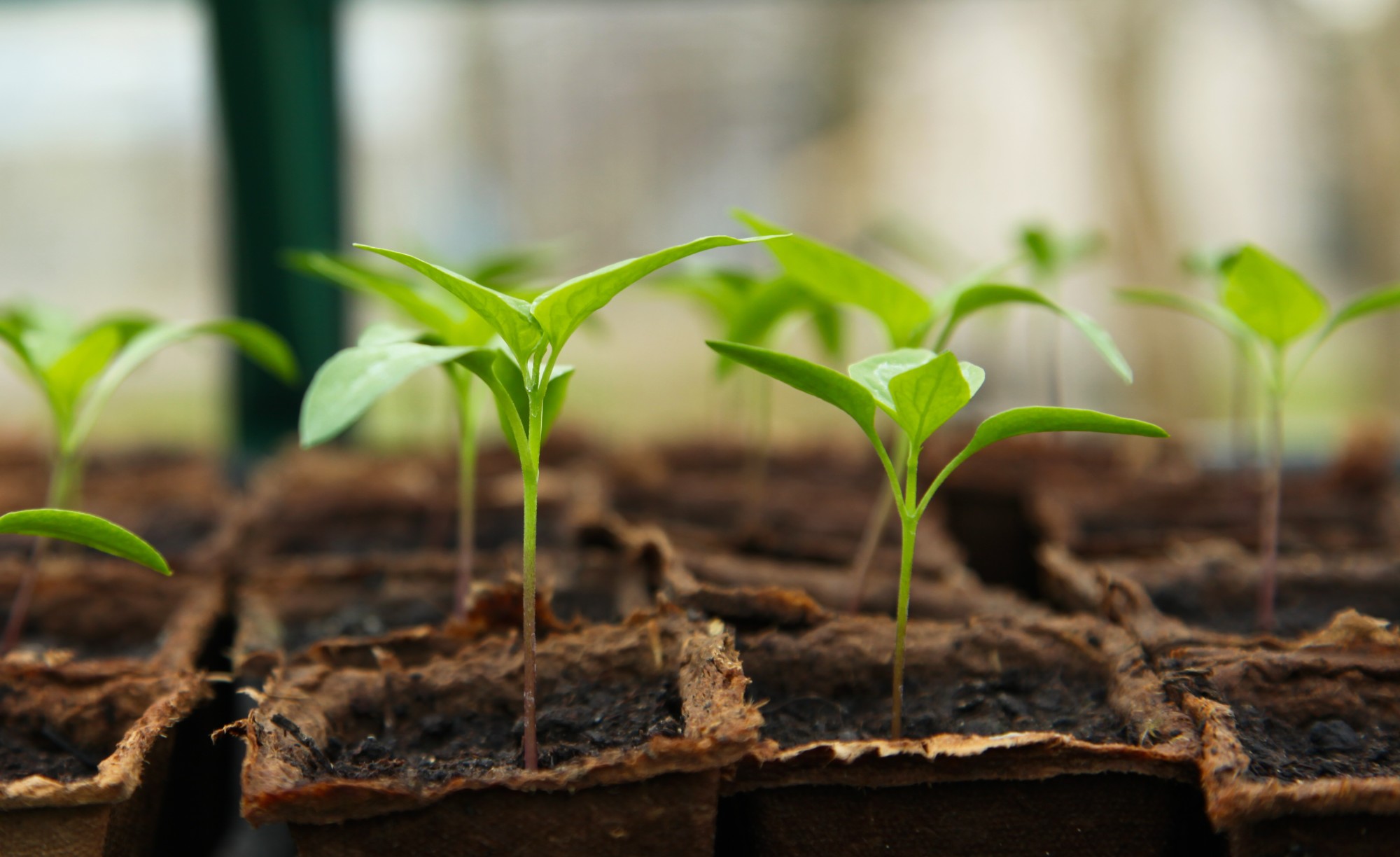Are you currently using LED indoor lights for growing plants in your greenhouse? Do you wonder whether you should invest in them? What benefits do they have over other light types?
In this article, we’ll talk about why you should use LEDs for your greenhouse lighting. We’ll outline some of the many factors that you’ll enjoy from the energy-efficient and frugal lights.
Read on and start improving plant growth in your conservatory. Let’s get started!
Provides the Right Amount of Light
Greenhouses need artificial light to supplement the sunlight that comes in through the windows. The light helps in plant cultivation and produces flowers and fruits. The light also helps to keep the plants warm in winter.
Plants need a certain amount of light to grow properly, and without the right light, they will either die or become very weak. Too much light can damage leaves, while too little light inhibits growth.
That is why many greenhouses invest in indoor lights because they provide the ideal amount of light for their plants. The right indoor lights can help produce stronger, healthier plants that are better able to resist pests and diseases.
Growing Plants Can Be Controlled
Sunlight does not penetrate glass very well, so plants in greenhouses don’t get enough sunlight. Indoor lights provide the extra light that plants need to grow strong. They invest in indoor lights because they can be controlled.
By controlling the indoor lights, it can optimize the light conditions for the specific plants they are growing. This results in healthier plants with faster growth rates.
The Perfect Solution for Shorter Winter Days
Greenhouses provide the perfect solution during shorter winter days. Indoor lights provide the necessary light intensity and spectrum for plant growth. It can be adjusted to meet the specific needs of each plant species.
This is especially beneficial for greenhouses located in colder climates. By having lights inside, growers can control the temperature and environment much more easily.
In addition, when the days start to get shorter in the fall, the conservatory needs to have a way to supplement the natural light. Otherwise, the plants will start to die.
Sunlight can be unpredictable, and it can be difficult to provide enough sunshine to all the plants in a greenhouse. That is why investing in quality indoor light is beneficial.
Maximizes Plant Growth
Greenhouses provide an optimal environment for plants to grow year-round. Using artificial lighting can extend the growing season. Also, it helps to stimulate plant growth to manipulate the length of the day, which is important for certain plants.
By using supplemental lighting, greenhouses can extend the growing season and produce higher-quality plants.
Reduces Pest Infestation
A greenhouse that grows plants using artificial light is more likely to have success with fewer pests. This is because pests are attracted to plants that are grown using natural sunlight.
Indoor lights also help reduce pest infestation because they discourage pests from entering the greenhouse in the first place. They are attracted to light so by keeping the lights off, you can make your greenhouse less inviting to them.
Additionally, if you do have an infestation, you can easily spot it more if you turn off the lights.
Helps Control the Lighting Environment
The lighting environment can have a big impact on plant growth. The right amount and type of light can help plants grow faster, produce more fruit, and be more resilient to stress.
Many greenhouse growers use high-pressure sodium lights to provide extra light during the winter months. HPS lights are also used to supplement natural light in greenhouses that do not have good south-facing window exposure.
Greenhouses that utilize these lights can also provide the light they need, regardless of the weather outside. This can be a huge advantage, as it allows them to control the environment that their plants are growing.
Generally, you have to put money into indoor lights to improve the sun’s ray availability. This is because it supplies the amount of photosynthetically active radiation that the plants can receive.
It also enables growers to precisely control the lighting environment of their plants. It influences the photoperiod that plants are exposed to.
The Right Lights for the Right Plants
Greenhouses are places where plants are grown for various purposes, whether it is for food production, research, or simply for display. Greenhouses can keep their space warm enough for plants to grow, but not so hot that the plants will be damaged.
Too little light can stunt their growth, while too much light can destroy them. Light is essential for plant growth, but not all plants require the same amount or type of light.
Some plants need full sun to grow well, while others do best in partial sun or shade. Different types of lights emit different wavelengths of light, which can affect the growth of plants. It also adjusts the light spectrum to match the plant’s needs.
Full-spectrum lights, for example, provide a range of wavelengths that plants need for photosynthesis. These lights are ideal for greenhouses that grow a mix of sun-loving and shade-loving plants.
LED grow light is also becoming increasingly popular for greenhouses, as they are more energy-efficient than other types of lights.
Boulderlamp lights are one type of light that greenhouses can use to create the ideal growing conditions for their plants. It uses LED technology to provide the perfect amount of light for plant growth, and it is also energy-efficient.
People are drawn to greenhouses because of the beautiful light displays that can be seen from the outside. This can help draw attention to the planthouse and its contents.
The Positive Effects of Indoor Lights for Greenhouses
Greenhouses invest in indoor lights for growing plants because they provide the necessary light needed. These lights also allow growers to extend the growing season and provide a consistent environment for their plants.
This can be beneficial for the plants, as well as for the greenhouse since it can help to increase the yield of the plants.
Did you find this article helpful? Check out the rest of our blog now!







